8 Musical Instruments That Are Easy—and Fun—to Learn Later in Life
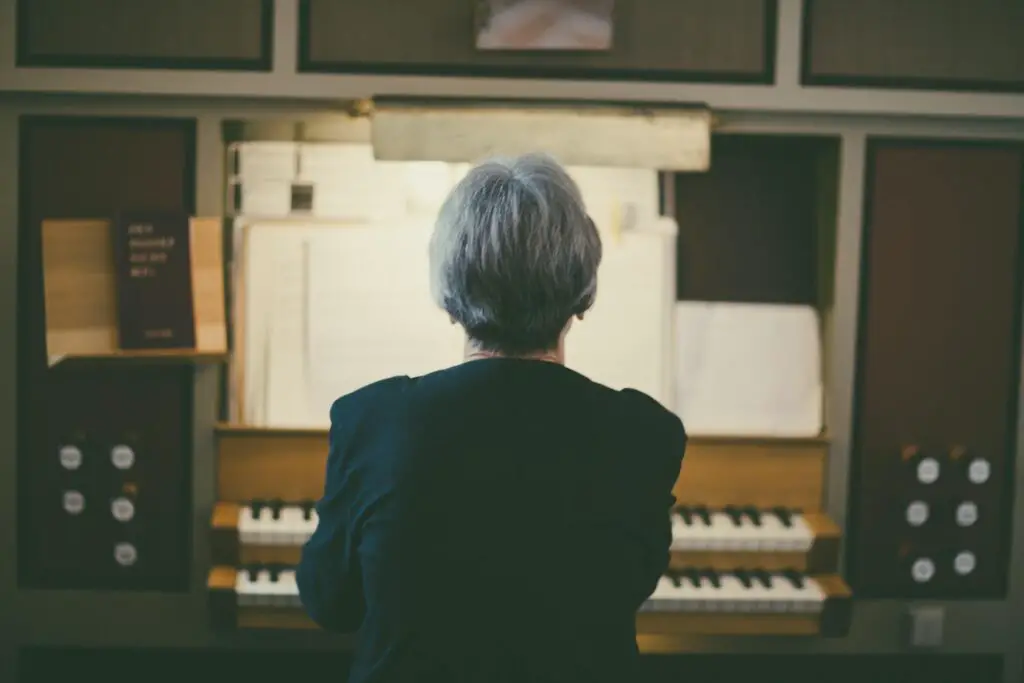
Learning to play music isn’t just for kids. Picking up an instrument in your 40s, 60s, or even 80s can boost your brain, lift your mood, and give you a sense of purpose. You don’t have to become a pro to enjoy it. The trick is to pick something simple to start with—something fun, low-pressure, and rewarding right away. These eight instruments are beginner-friendly, don’t need fancy gear, and are easy to learn at your own pace. Let’s dive into some of the most joyful options out there.
1. Ukulele
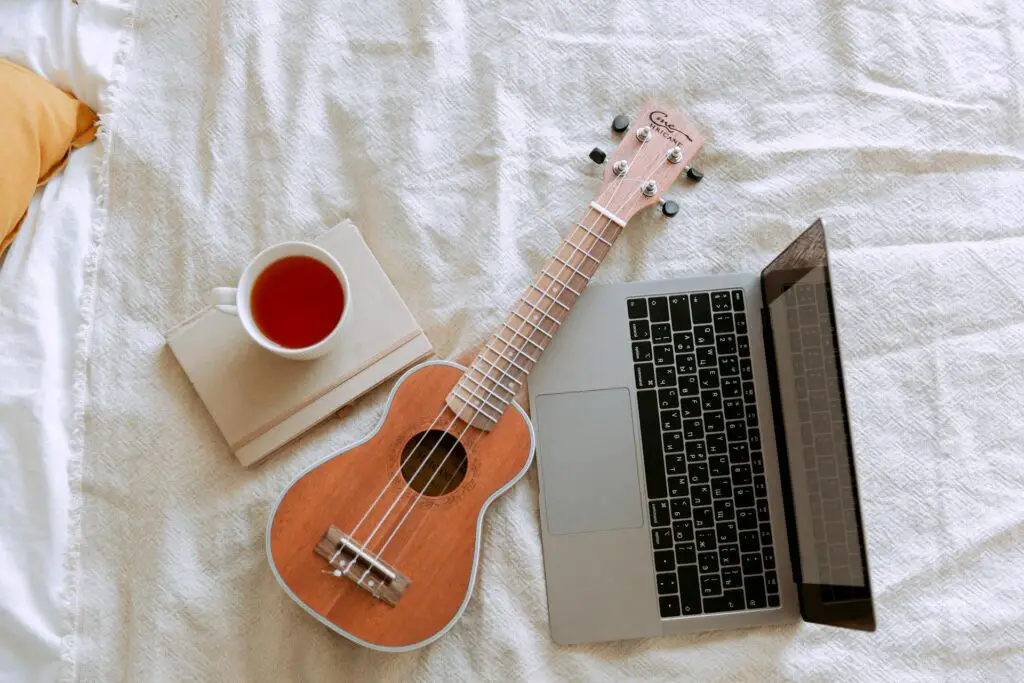
The ukulele is a small, four-string instrument that’s light, portable, and full of cheer. The strings are soft and easy on the fingers, which makes it a great pick for people with arthritis or weak grip. You can learn a few simple chords and start playing songs in less than an hour. It also sounds great on its own, no band needed. Fun fact: it became wildly popular in the U.S. after being featured at the 1915 Panama-Pacific Expo in San Francisco.
2. Hand Drums (like the Djembe or Cajón)
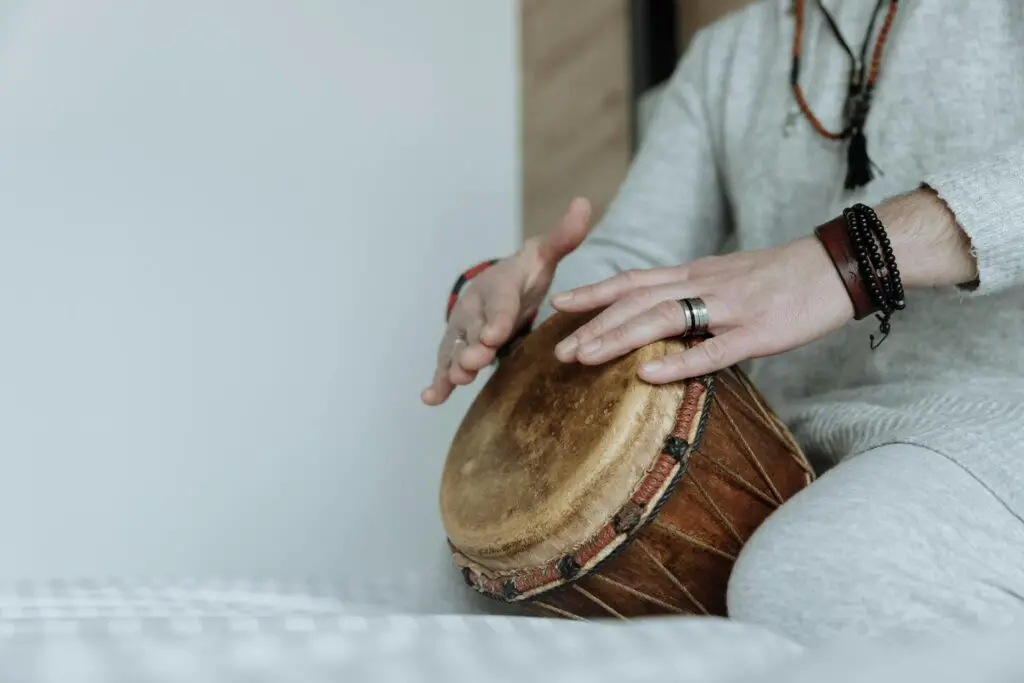
Hand drums are not just easy to learn—they’re great stress relievers. Drumming taps into your natural rhythm, and it doesn’t take long to get the hang of basic patterns. Many people use drums like the djembe or cajón in community drum circles or just for solo fun. You don’t need to read music, and there’s no wrong way to play as long as you stay on beat. Playing hand drums also boosts coordination and can even give you a light workout.
3. Harmonica

This tiny instrument fits in your pocket but packs a lot of soul. The harmonica is often used in blues, folk, and country music, and you can learn simple melodies with just a bit of breath control. It’s great for people with limited space, and you can find lessons and play-along videos online for free. Fun fact: Abraham Lincoln reportedly carried a harmonica with him. It’s also a solid choice if you want to improve your breath strength and control.
4. Keyboard or Digital Piano

Keyboards let you play a wide range of music without needing to tune strings or develop calluses. The layout of notes is visual and easy to follow, which makes it beginner-friendly. Digital keyboards often come with built-in lessons and fun sound effects, so it feels more like a game than work. You can start with just a few songs and grow from there. Playing piano also builds hand coordination and finger strength over time, which is good for brain health too.
5. Recorder
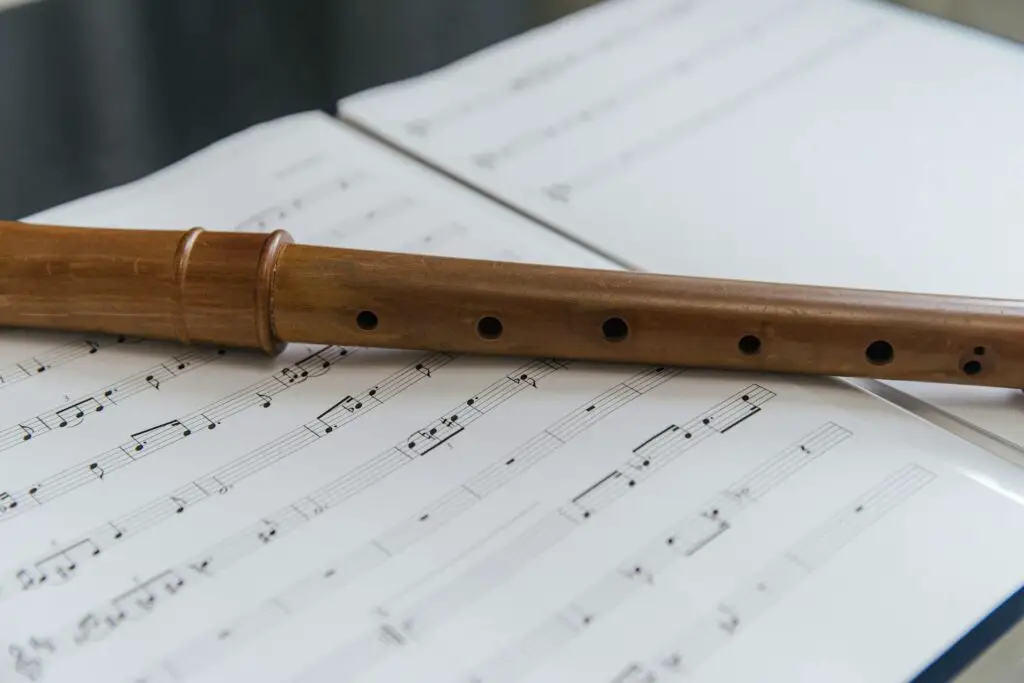
The recorder often gets a bad rap because so many kids play it in school, but it’s a smart pick for adults too. It’s cheap, light, and doesn’t need much breath to get a sound. Learning a few songs is easy, and you can play solo or with a group if you like. The finger patterns are simple, and many tunes use just five or six notes. It’s a great gateway into learning more woodwind instruments down the line.
6. Kalimba (Thumb Piano)
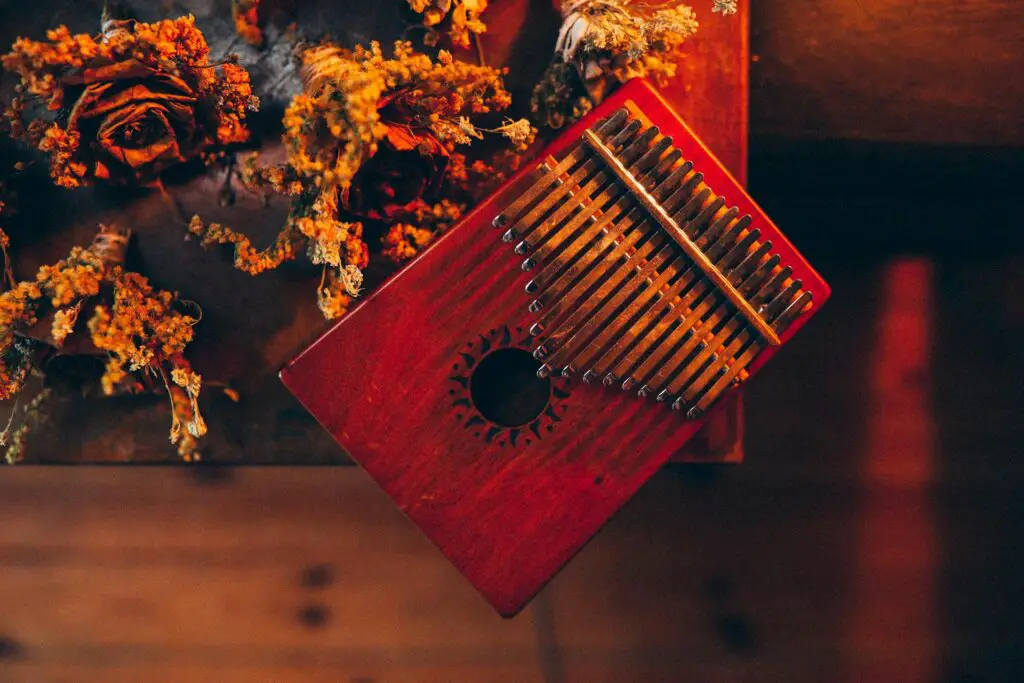
The kalimba, or thumb piano, is a small wooden instrument with metal tines that you pluck with your thumbs. It has a soft, dreamy sound that’s calming and easy on the ears. The notes are often arranged in a way that makes every combination sound nice, which means you can’t hit a “bad” note. It’s a peaceful solo activity and easy to play while watching TV or sitting outside. Many kalimbas come with numbers or symbols on the keys to help beginners.
7. Guitar (with Nylon Strings)
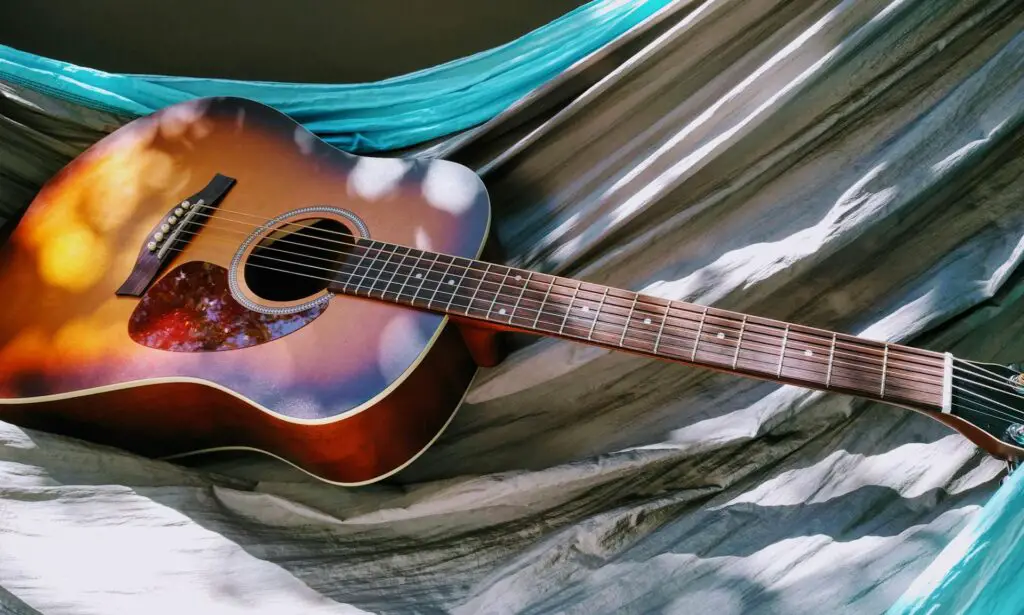
Guitar can be a little harder than others on this list, but starting with a nylon-string acoustic makes a big difference. These strings are softer and easier on the fingers than steel ones. You can start with just three or four chords and play many popular songs. Once you learn a few shapes, you can switch between them with ease. Guitar is also great for singing along, and there are loads of slow-paced tutorials online geared toward adults.
8. Tongue Drum or Steel Drum
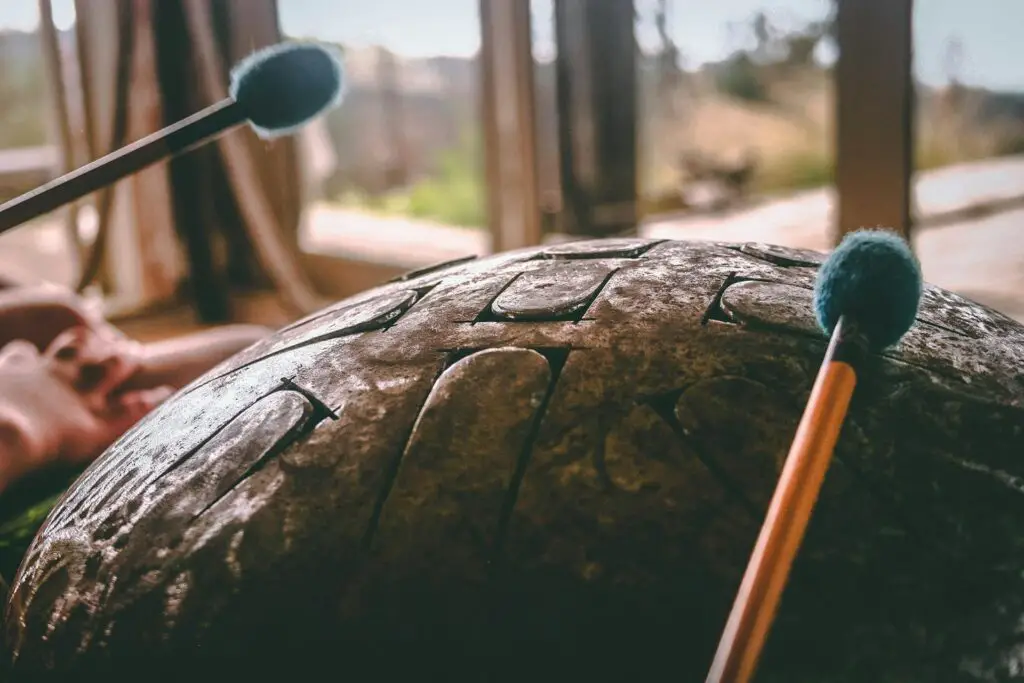
Tongue drums (also called steel tongue drums) are tuned percussion instruments made of metal. You play them by striking with your hands or soft mallets. Each section of the drum plays a different note, and most are tuned to a specific scale so that every note sounds good with the others. You don’t need to know music theory to play. It’s great for stress relief and meditation, and the sound is rich and peaceful. These are a hit in music therapy for a reason.
Conclusion

Learning an instrument later in life is a gift you give yourself. You don’t have to perform, record, or impress anyone. Just the act of playing—moving your hands, hearing the sound, feeling the rhythm—can brighten your day. Whether you want a simple strum or a peaceful hum, there’s something here that’ll suit your pace and mood. Pick one, press play on a tutorial, and enjoy the ride. It’s never too late to make music.
Leave a Reply